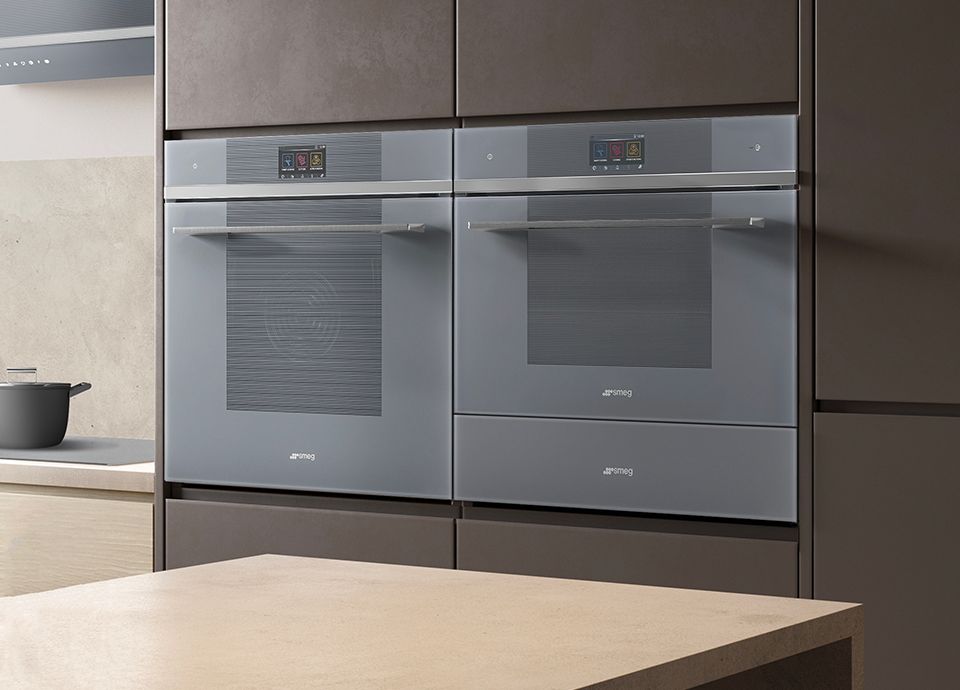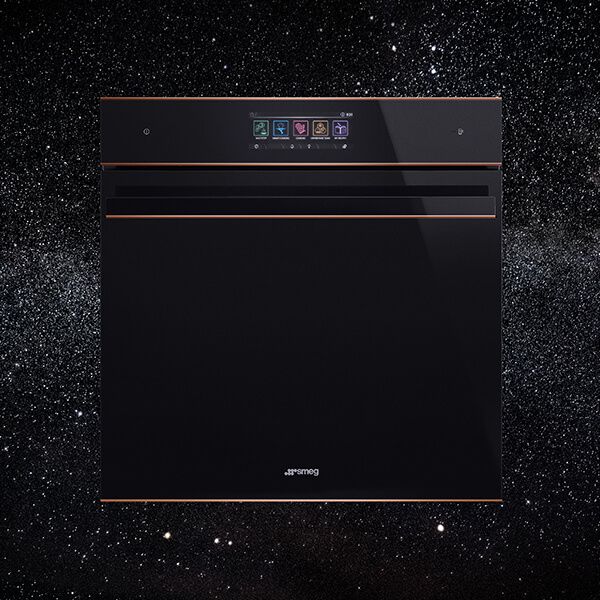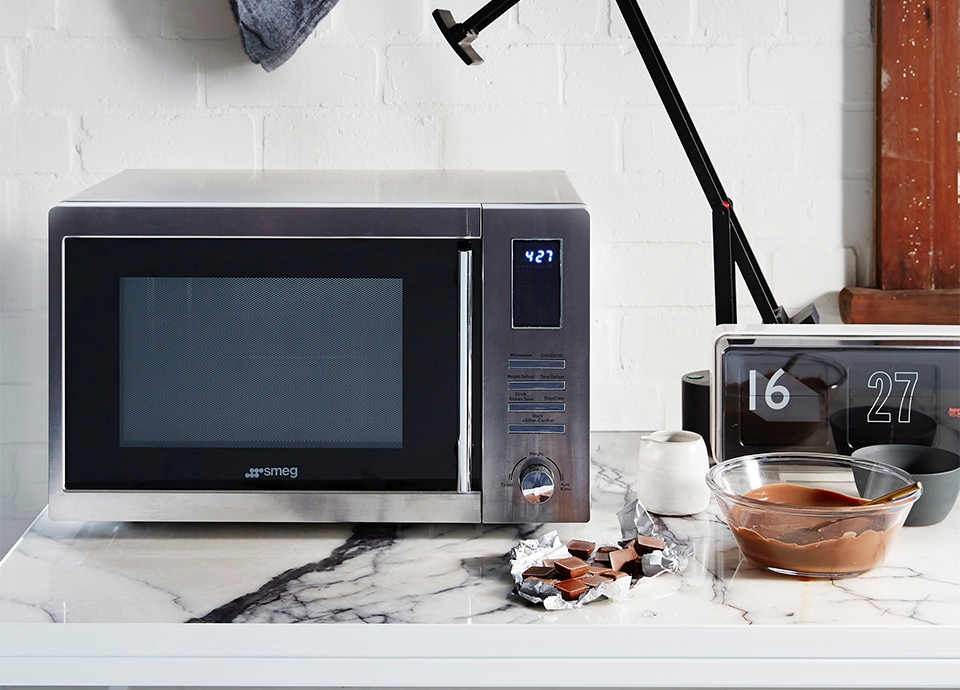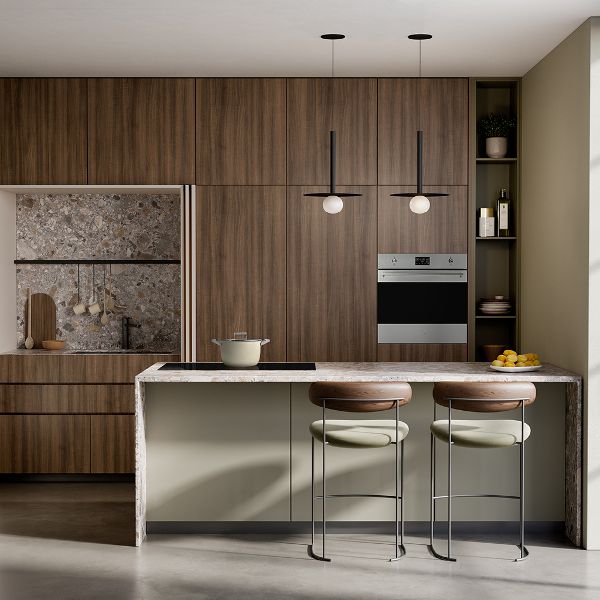What size microwave do you need?
There are a wide range of microwave sizes available - consult the technical drawing for dimensions to ensure suitability in your home. You should consider the internal capacity size too - for example, if you are looking for a family microwave, a capacity of 25 litres or more would be ideal.
Small - 15 - 20 litres
Medium - 25- 30 litres
Large - 32 litres or above
Should you opt for a turntable or flatbed?
A flatbed microwave provides extra space, is simple to clean and offers more even cooking, but they do tend to cost more than models with a traditional turntable design, so weigh up cost implications vs possible usage to help decide the best option for you.
Is a microwave cheaper to run than an oven?
Yes, they use less energy (typically no more than 1,500 watts), and because they only heat the food itself they are more efficient. Microwaves reach their temperature almost instantly so food is cooked quicker as no pre-heating is needed.























































































































































